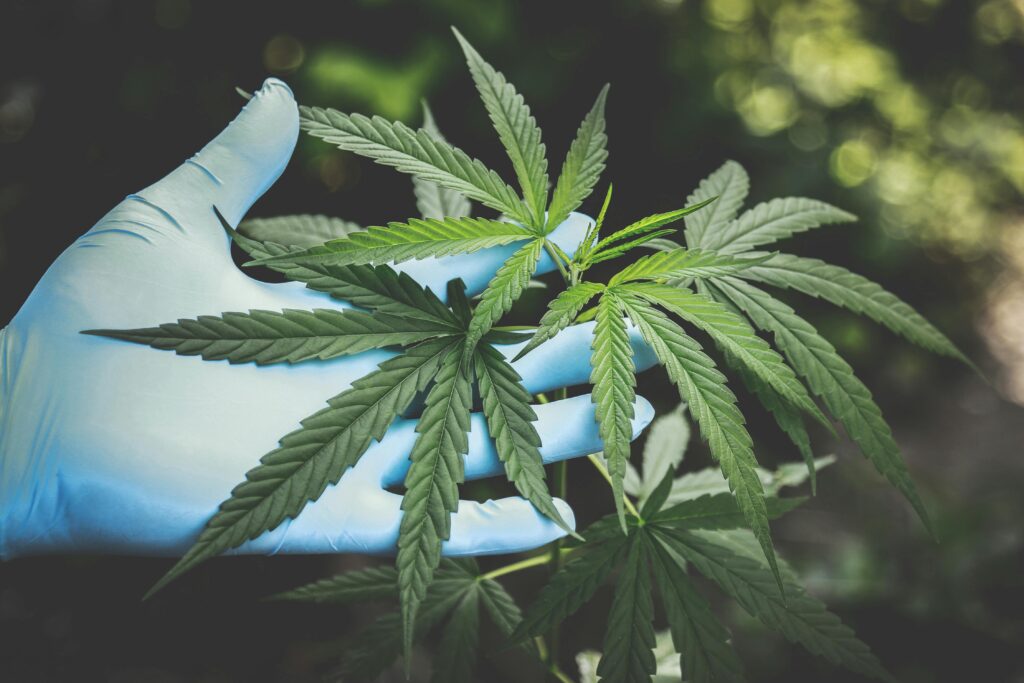Hemp is becoming increasingly popular for its wide range of uses, from textiles to health products. Growing hemp can be a rewarding experience, whether you’re a seasoned farmer or a gardening enthusiast. This guide will take you through the entire process, from selecting the right seeds to harvesting your crop.
What is Hemp?
Hemp is a variety of the Cannabis sativa plant species that is grown specifically for industrial use. It can be used to make a variety of products including clothing, paper, biofuel, food, and health supplements. Unlike its cousin marijuana, hemp contains very low levels of THC (tetrahydrocannabinol), the psychoactive compound that causes a high.
Why Grow Hemp?
Growing hemp has numerous benefits:
- Environmentally Friendly: Hemp plants can absorb more CO2 than trees, making them a great crop for improving air quality.
- Versatile Uses: From making biodegradable plastics to nutritious seeds, hemp can be used in many industries.
- Economic Potential: The global hemp market is projected to reach $26.6 billion by 2025.
Getting Started: Choosing the Right Seeds

The first step in growing hemp is choosing the right seeds. Here are some factors to consider:
- Climate: Hemp grows best in warm weather with plenty of sunlight.
- Soil Type: Hemp prefers well-drained, loamy soil with a pH between 6 and 7.5.
- Variety: There are different hemp varieties for fiber, seed, and CBD production.
Preparing the Soil
Before planting, prepare your soil:
- Testing Soil: Conduct a soil test to check pH levels and nutrient content.
- Plowing and Tilling: Plow and till the soil to remove weeds and ensure proper aeration.
- Adding Nutrients: If needed, add organic matter or fertilizers to improve soil fertility.
Planting Hemp Seeds
Planting hemp seeds at the right time is crucial for a successful harvest:
- Timing: Plant seeds after the last frost when the soil temperature is above 50°F (10°C).
- Spacing: Sow seeds 1 inch deep, with a spacing of 4 inches between plants and 4 feet between rows.
- Watering: Ensure the soil is moist but not waterlogged.
Growing and Caring for Hemp
Hemp plants require regular care:
- Watering: Hemp needs about 20-30 inches of rainfall during the growing season. Irrigate if rainfall is insufficient.
- Weed Control: Use mulching or manual weeding to keep weeds at bay.
- Pest Management: Monitor for pests like aphids and cutworms. Use organic pesticides if necessary.
- Nutrient Management: Apply nitrogen-rich fertilizers during the growing season for healthy plant growth.
Flowering and Harvesting
Hemp plants typically flower and are ready for harvest 3-4 months after planting:
- Signs of Maturity: Look for flowering tops and seeds that have reached full size.
- Harvesting Methods: Use sickles or combine harvesters for large fields. Hand-harvest for smaller crops.
- Drying and Curing: Dry harvested hemp in a well-ventilated area to prevent mold. Cure the flowers for several weeks for best results.
Hemp farming is gaining traction worldwide. Here are some recent statistics:
- U.S. Hemp Production: In 2023, U.S. farmers planted approximately 146,000 acres of hemp.
- Economic Impact: The U.S. hemp industry generated $1.1 billion in revenue in 2020.
- Hemp Exports: Canada is a leading exporter of hemp, with exports worth $110 million in 2020.
Benefits of Hemp Cultivation
Hemp cultivation offers several advantages:
- Sustainable Crop: Hemp grows quickly and requires fewer pesticides than other crops.
- Soil Health: Hemp roots can improve soil structure and reduce erosion.
- Market Demand: With the rise of CBD products, the demand for hemp is increasing.
Challenges and Considerations
Despite its benefits, growing hemp comes with challenges:
- Regulations: Hemp farming is regulated, and farmers must comply with local laws.
- THC Levels: Ensuring THC levels remain below legal limits is crucial.
- Market Fluctuations: Prices for hemp products can be volatile, affecting profitability.
Conclusion
Growing hemp can be a profitable and sustainable agricultural practice. By following the steps outlined in this guide, you can successfully cultivate hemp from seed to harvest. With the growing demand for hemp products, now is a great time to get involved in this booming industry.
Table: Hemp Growing Timeline
| Stage | Timeframe | Key Activities |
|---|---|---|
| Seed Selection | Before planting | Choose seeds based on climate and soil type |
| Soil Preparation | 2-3 weeks before | Test soil, plow, till, and add nutrients |
| Planting | Spring (post-frost) | Sow seeds, ensure proper spacing and watering |
| Growing | 3-4 months | Regular watering, weeding, and pest management |
| Flowering and Harvest | Late Summer/Fall | Monitor maturity, harvest, dry, and cure |
Growing hemp is not only beneficial for the environment but also offers economic opportunities for farmers. With careful planning and adherence to best practices, you can reap the rewards of this versatile crop.

